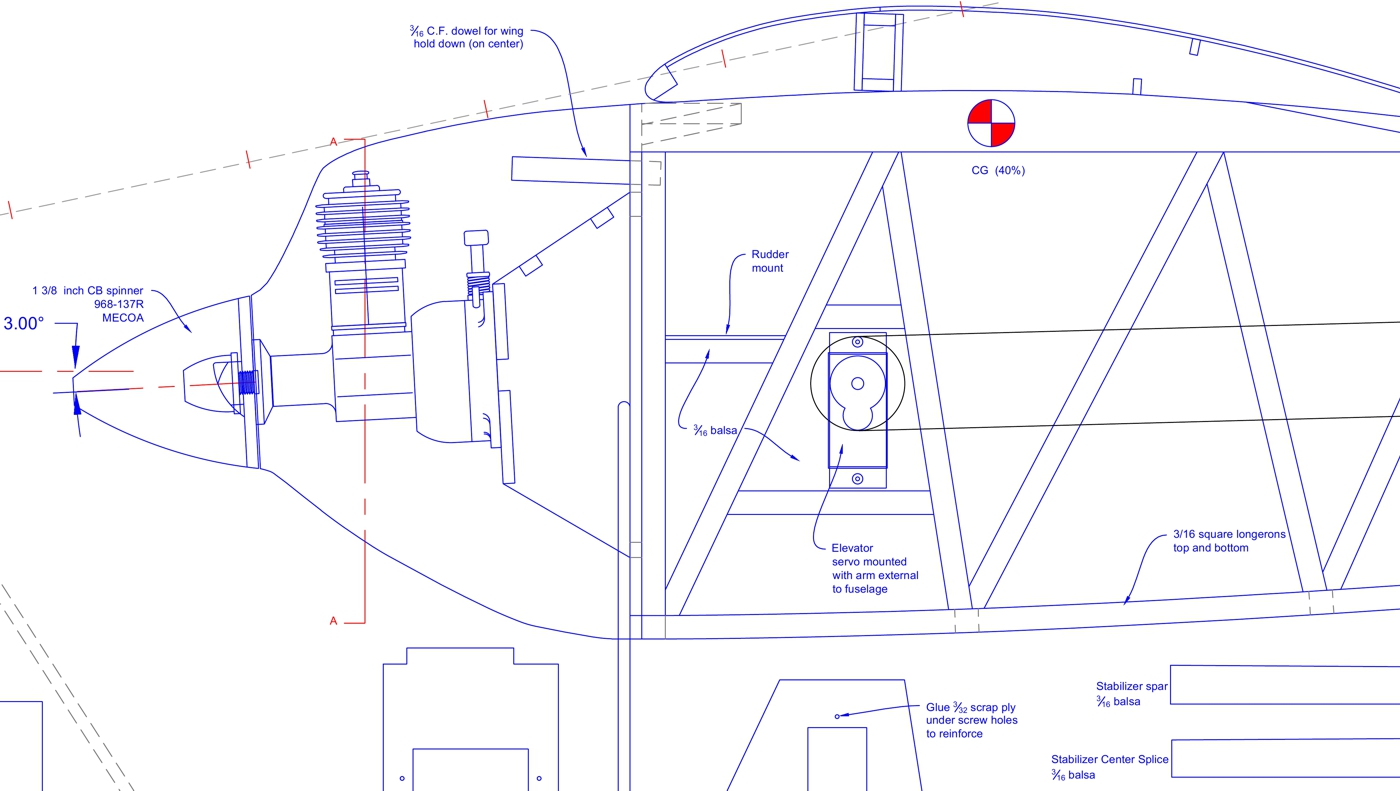

This means the value interpreted from the two's complement notation will be reported.Īlternatively, the program counter (PC), IR and PSR will be reported as unsigned values, since they represent addresses. Registers R0 through R7 will report a 'signed value' decimal equivalent for each register. Note that you can 'mouse over' any register shown above to see a tool tip that conveys the register's equivalent decimal value. Continue: Continue paused execution fromt he current program counter, like "run".Pause: Pause execution of the program if it is currently running, preserving the current program counter so that you can step, next, continue, or run again.Otherwise, the program will run indefinitely, or until you hit "pause" END is reached, or termination is forced in some other way.


If errors were detected in your code, review and try assembling again. If your code assembled correctly, you are ready to load it into the simulator and return to the simulator's main page to run your program" When you are ready, click the "Assemble" button at the bottom of the editor to see if you program builds properly: The Simulator runs in any web browser (requires no loading or installation), and has some great tools to help you get your work done quickly.Īfter jumping to the Simulator page, click "ASSEMBLE" (at bottom) to open the LC-3 'text editor':Īfter clicking "ASSEMBLE" on the home page of the simulator, you can type code from scratch, or paste, or drag/drop files ito the editor window. (at top), or go directly to the original here (they are identical). You can use the same simulator embeded in this site by clicking on "simulator" icon This page provides quick hints on how to get started with the web-based LC-3 simulator, developed by William Chargin.


 0 kommentar(er)
0 kommentar(er)
